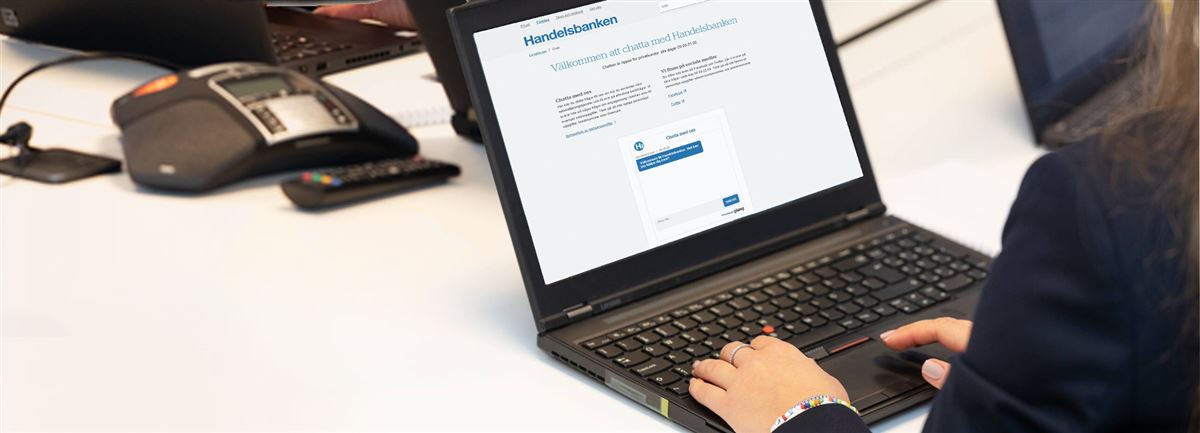Accounts
Set up your company's accounts based on your needs – for day-to-day finances, international business, or to invest surplus funds.
Corporate cards
Collect all purchases on a monthly invoice or have the money withdrawn directly from the company account. What's most convenient for you?
Managing payments with file services
Incoming and outgoing payments
Different payment methods suit different businesses. Optimise your incoming and outgoing payments by using convenient functions that will save you time and money.
Cross-border transactions
Do you export, import or have operations abroad? We can help you secure your payments and provide you with the services you need for your international business.
FX rates
Are you making a payment or transfer in a foreign currency and wish to know the exchange rate? Do you need exchange rates to find out account balances?




